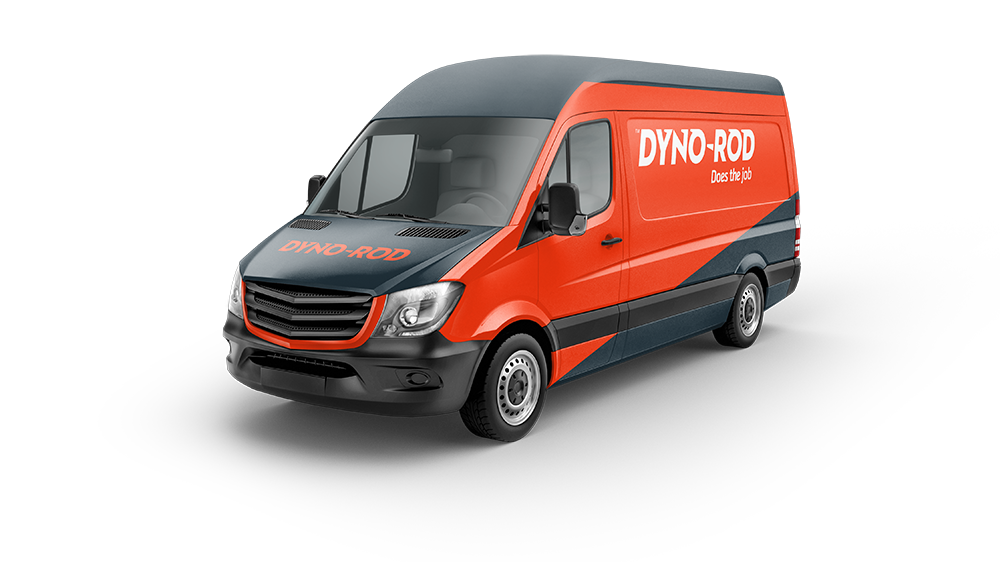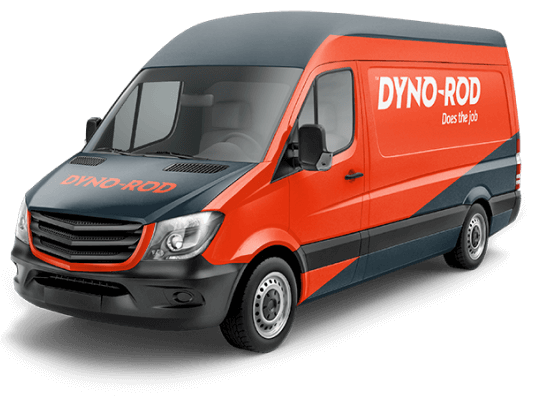Why do you need a grease trap and how does it work?
Why do you need a grease trap? Fats, Oils and Grease enter the drainage system and cause various problems in private drains, public sewers, pumping stations and treatment plants. You may need to sort the problem because it is affecting your business operation, increasing your maintenance costs or because you need to comply with legislation. Grease traps are the most common and effective way of controlling this issue at source.
While grease traps are nothing new, in recent years the legal requirements have become more strict. Today, Irish Water requires that all Food Service Establishments meet three requirements. Firstly, they must correctly install a grease trap. Next, the trap must comply with the EU standard for grease separators (IS EN 1825-2:2002) or PDI G101 for Grease Removal Units. Lastly, the establishment must perform regular maintenance and checks to ensure that it’s functioning. This means regular monitoring, maintenance and reporting. These conditions will be set out in a Trade Effluent Discharge Licence (TEDL).
If any of these three aspects are not correctly implemented, your controls will not be effective and you could have issues. Incorrect hardware is of little use and without the necessary maintenance even the best equipment will not work.
 “But we don’t put grease down the drain! We don’t need a grease trap”
“But we don’t put grease down the drain! We don’t need a grease trap”
Yes we hear this all the time…until we lift a manhole cover and show them the grease in the drain! While kitchen staff do their best to control any large spills of fats, oils and grease down the sink it is an unavoidable reality that traces will be washed down while washing plates, pots, work surfaces and floors. These traces combine in the public sewer or treatment plant to create significant and expensive problems. This is why it is a legal requirement to manage the fats, oils and grease in your wastewater before it leaves your site.
How does a grease trap work?
When FOGs enter the drain it may only travel a few metres before it solidifies, sticks to the drain pipes and accumulates with other material to create blockages. The grease trap’s function is to slow down and cool the wastewater allowing it to separate and be retained within the tank. The water can then safely enter the main drainage system.
The “grey water” which contains the FOG, enters the trap through the inlet. “Baffles” control the flow in the tank and then hold back the separated material from flowing downstream. The heavier materials settle to the bottom of the grease trap (sludge). The lighter materials separate and float to the top of the water (fats, oils and grease).
As FOG accumulates, the grease trap must be regularly cleaned and maintained by professionals in order for it to continue working effectively. It must also be examined and serviced to ensure it doesn’t cause blockages and remains compliant with legislation.
We can design, supply, install and maintain your grease trap. And if you require a discharge license application, we can prepare this for you. Our comprehensive, guaranteed maintenance contracts mean there’s one less thing for you to worry about.
Feel Free to Call Us Now on 1800 437 246


